Are equestrian statues trying to tell us something?
THE SUNDAY TIMES, 2009
According to some supposed experts, statues of famous men and women on horseback carry a hidden message. If the horse has one of its hooves raised, they say, the rider depicted by the statue was injured in battle. Two hooves off the ground show that the rider died while fighting, and all four hooves on the ground show that they survived all battles unharmed.
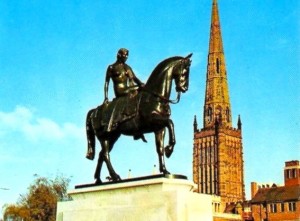
It’s an entertaining theory, but it bears as much close investigation as the possibility that Lord Lucan was abducted by leprechauns. For example, an equestrian statue of Napoleon Bonaparte at Laffrey, in southeastern France, has two of its hooves in the air, though he died in a peaceful indoor setting rather than on a noisy battlefield. And the famous statue in Coventry of Lady Godiva (pictured right) has a hoof up, but the saucy minx certainly wasn’t known to have any war wounds.
It’s fun to imagine hundreds of sculptors having a top-secret conclave to establish the Official Hoof Code for statues
Now and then, thanks to the law of averages, you will find an example that supports the mythical rule: a monument in New York’s Union Square to Ulysses S Grant, the victorious American Civil War general, has all its hooves on the ground – and Grant did, coincidentally, survive all his battles.
It’s a lot of fun to imagine hundreds of sculptors having a top-secret underground conclave centuries ago, to establish the Official Hoof Code for thousands of memorial statues around the world. But it never happened: they were all way too busy with their chisels and moulds. ♦
© 2014 Tony Barrell
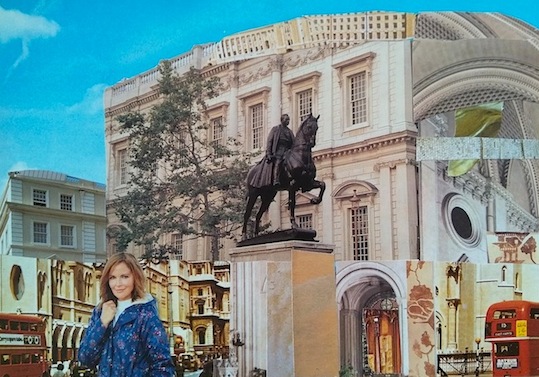
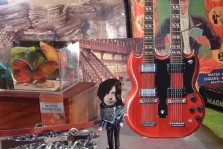
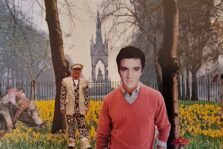
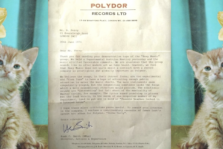
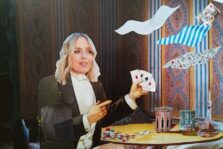


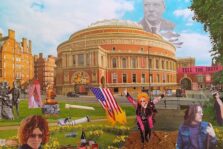

0 comments found
Comments for: HORSE SENSE